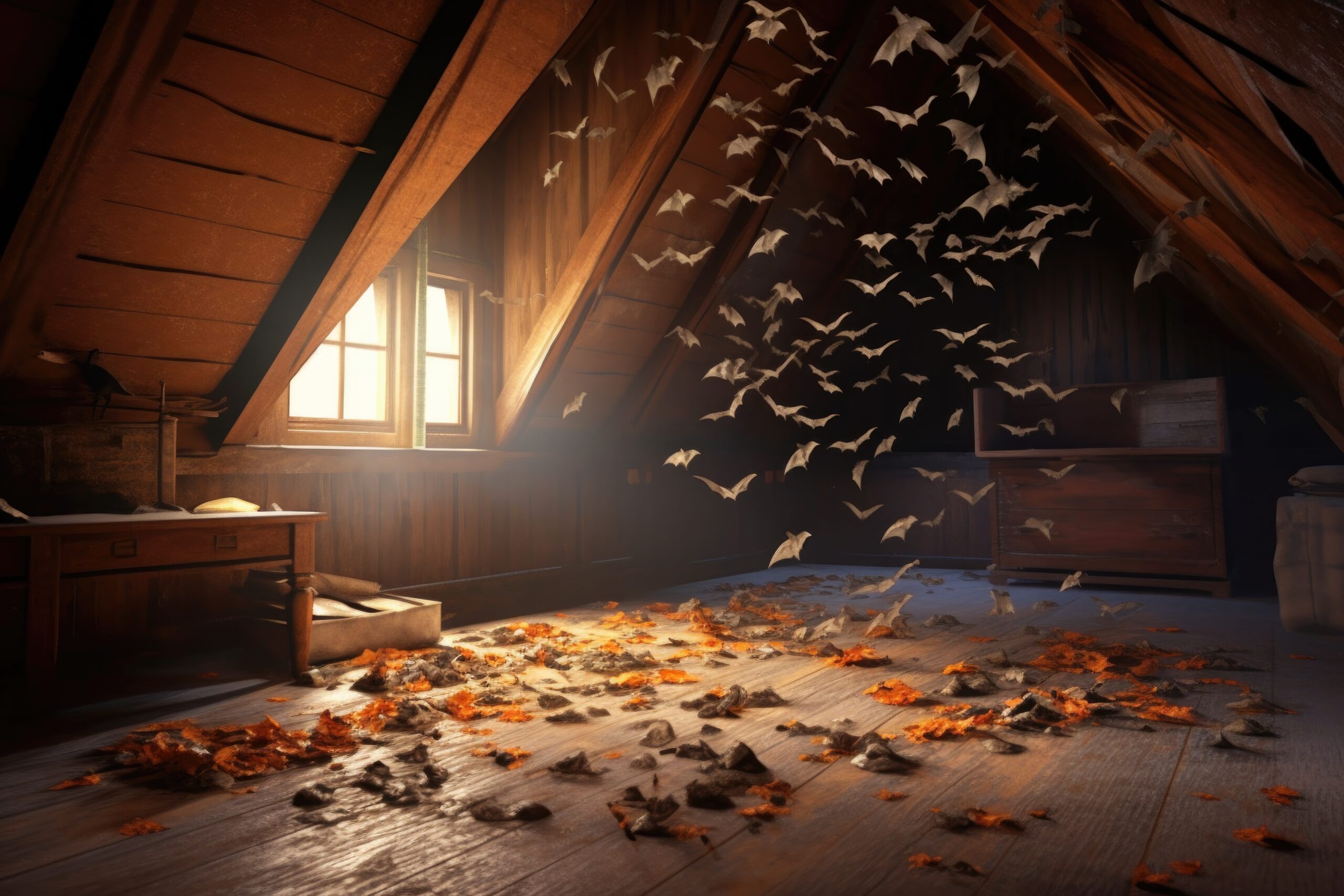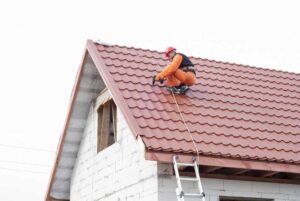The attic, often overlooked and rarely visited, can become a prime location for pests seeking shelter. From rodents and birds to insects and bats, a variety of pests find attics appealing due to the warmth, protection, and abundance of nesting materials. To protect your home, it’s crucial to understand how to prevent pests from taking over your attic. In this guide, you’ll find out more about pests and how to keep them at bay.
Understanding Common Attic Pests
Rodents
Rodents, such as mice and rats, are notorious for invading attics. They can cause significant damage by gnawing on wires, insulation, and wooden structures.
- Signs of Rodents: Look for droppings, gnaw marks, nests made of shredded materials, and sounds of scratching or scurrying at night.
Birds
Birds can find their way into attics through gaps and openings. They build nests that can block ventilation and create fire hazards.
- Signs of Birds: Presence of nests, feathers, droppings, and the sound of chirping or flapping wings.
Insects
Insects like termites, ants, and wasps can infest attics. They can damage wooden structures and pose health risks.
- Signs of Insects: Sawdust piles (from termites), visible ant trails, and wasp nests.
Bats
Bats are another common attic invader. While they play a beneficial role in the ecosystem by controlling insect populations, their droppings can pose health risks.
- Signs of Bats: Droppings (guano), squeaking sounds, and sightings at dusk or dawn.
Preventive Measures
Sealing Entry Points
The first line of defense against pests is sealing all potential entry points. Even small gaps can be an invitation for pests.
- Inspect for Gaps and Cracks: Check the attic for any gaps, cracks, or holes in the walls, roof, and around windows. Seal these with caulk, steel wool, or appropriate materials.
- Repair Roof Damage: Ensure that the roof is in good condition with no missing shingles or tiles that could allow entry.
- Install Door Sweeps and Weatherstripping: Use door sweeps on attic doors and weatherstripping around windows to prevent pests from squeezing through.
Proper Ventilation and Insulation
Maintaining proper ventilation and insulation can deter pests by reducing the moisture and warmth they seek.
- Install Vent Covers: Use vent covers or screens to prevent birds and bats from entering through ventilation openings.
- Maintain Insulation: Check and maintain attic insulation to ensure it is not damaged or providing nesting material for pests.
Regular Cleaning and Maintenance
Keeping the attic clean and well-maintained can discourage pests from settling in.
- Declutter the Attic: Remove unnecessary items and keep the space organized. Pests are less likely to inhabit a tidy and well-maintained area.
- Regular Inspections: Conduct regular inspections to spot signs of pest activity early. Look for droppings, nests, and damage to structures.
Managing Food Sources
Pests often enter homes in search of food. Eliminating potential food sources can make your attic less attractive.
- Store Food Properly: If you store any food in the attic, ensure it is in airtight containers.
- Avoid Storing Pet Food: Do not store pet food in the attic, as it can attract rodents and insects.
Using Natural and Chemical Deterrents
Natural Deterrents
Natural deterrents can help keep pests away without harming the environment or posing health risks.
- Essential Oils: Use essential oils like peppermint, eucalyptus, or citronella to repel rodents and insects. Soak cotton balls in the oil and place them around the attic.
- Diatomaceous Earth: Sprinkle diatomaceous earth around the attic to deter insects like ants and spiders.
Chemical Deterrents
In cases of persistent pest problems, chemical deterrents may be necessary.
- Rodenticides and Insecticides: Use rodenticides and insecticides carefully, following the manufacturer’s instructions. Place them in areas inaccessible to children and pets.
- Professional Treatments: Consider professional pest control services for targeted and effective treatments.
-

bat droppings scattered on attic floor, created with generative ai
Professional Pest Control
Sometimes, preventing pests in the attic requires professional expertise. Pest control professionals can provide thorough inspections and customized solutions.
Inspection and Identification
Professionals can accurately identify the types of pests and the extent of the infestation.
- Detailed Inspection: A thorough inspection of the attic and surrounding areas to identify entry points and signs of pests.
- Pest Identification: Identifying the specific pests allows for tailored treatment plans.
Customized Solutions
Based on the inspection, professionals can recommend and implement effective pest control measures.
- Targeted Treatments: Using the appropriate treatments for the specific pests identified.
- Preventive Measures: Advising on and implementing preventive measures to keep pests from returning.
Conclusion
Preventing pests in the attic involves a combination of sealing entry points, maintaining proper ventilation and insulation, regular cleaning, and using deterrents. By understanding the common signs of pest infestations and taking proactive measures, you can protect your attic and home from unwanted invaders. To find out more about pests and effective prevention techniques, consulting with pest control professionals can provide the expertise and peace of mind needed to keep your home pest-free.




